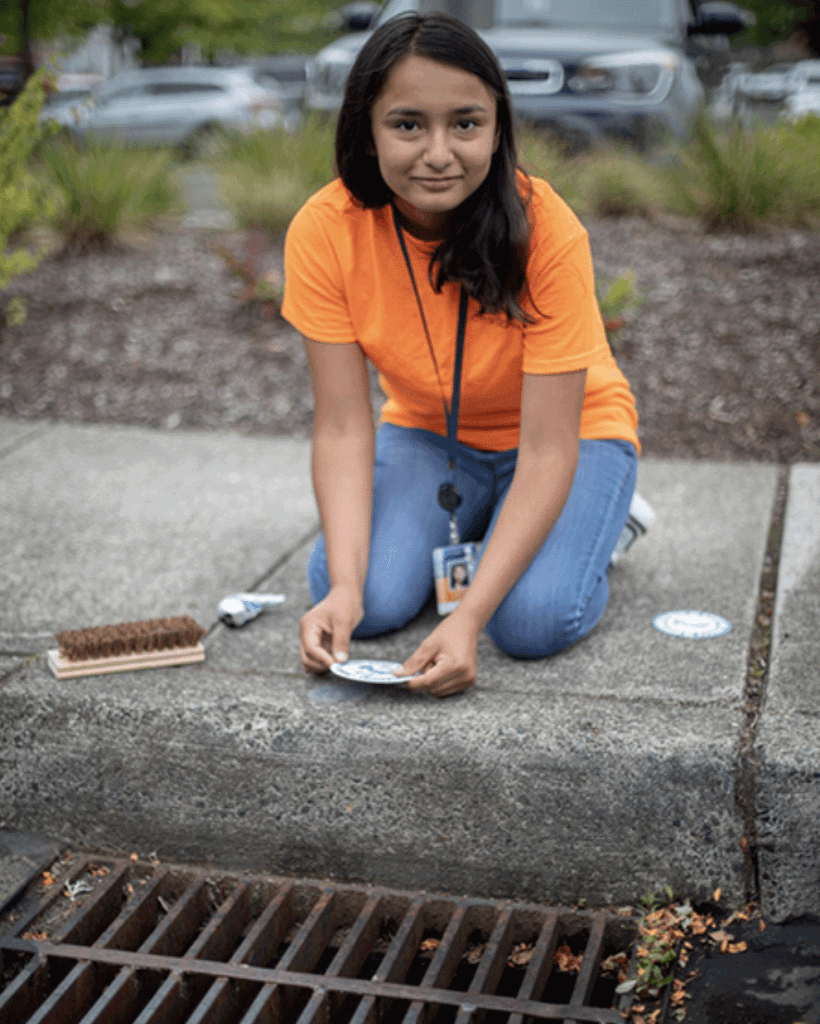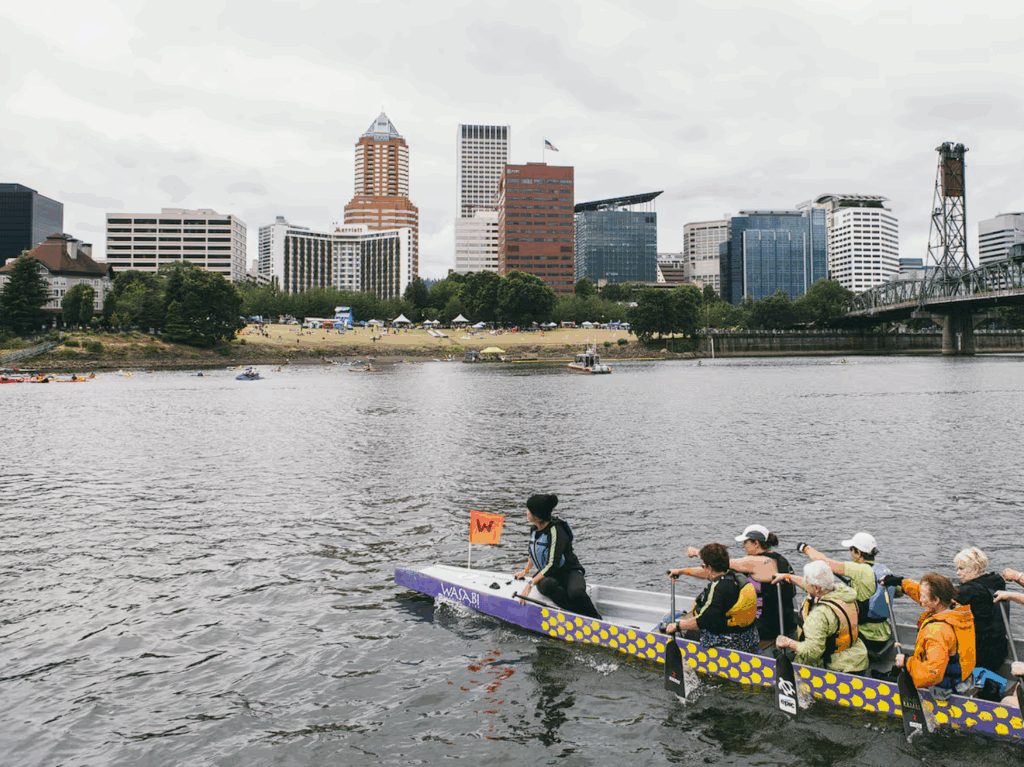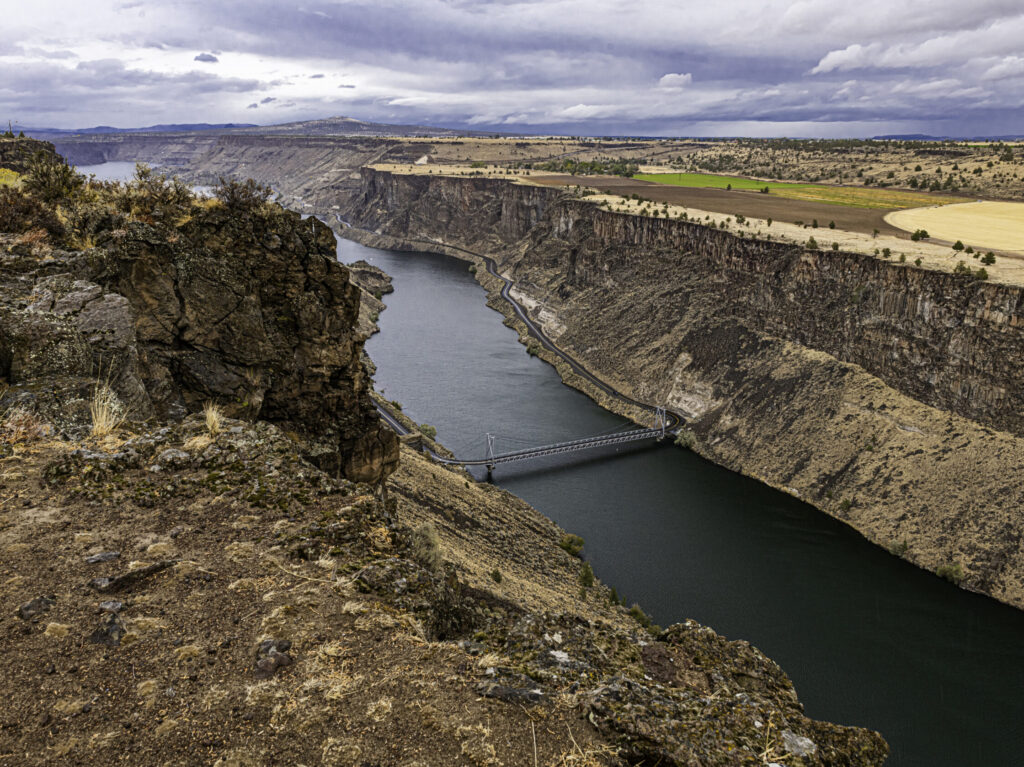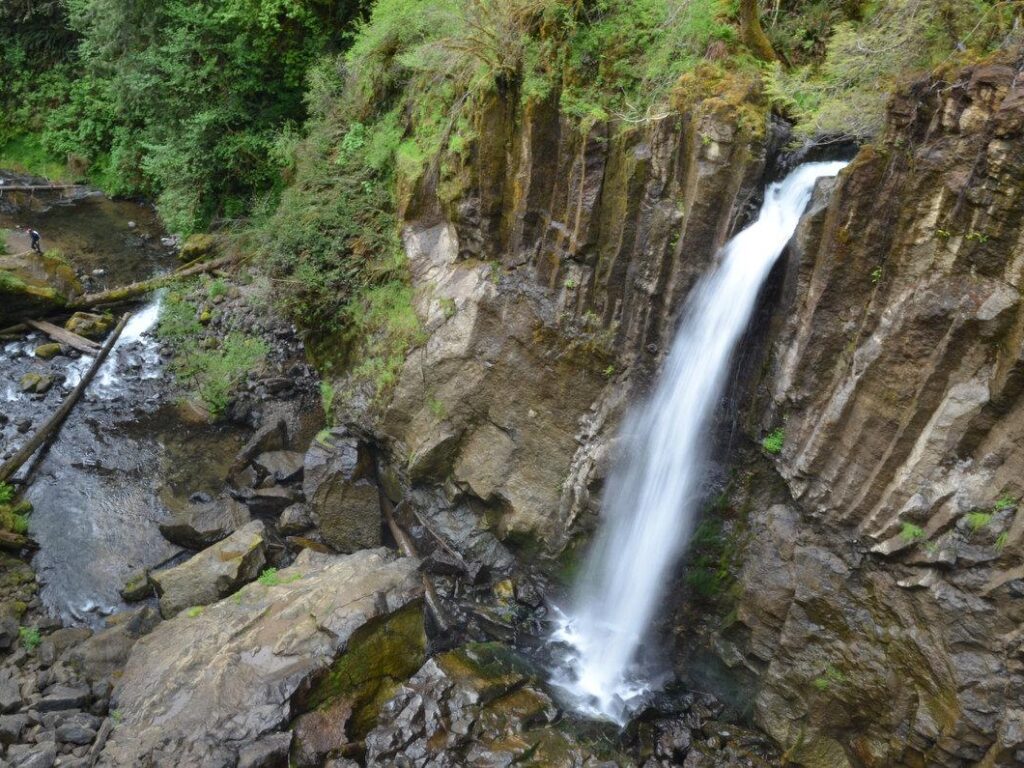Drains to Stream – It Really Does!
Author
Posted
Share


Let’s talk about things going down the drain for a minute…
We use a lot of “drain” metaphors in our English language to describe our culture. We hate to have “money go down the drain”. We say a loss of talent is a “brain drain”. When something goes bad, we say it’s “circling the drain”.
The drain is where things magically disappear. Or does it?
When we flush our toilets or empty our bathtubs, the drain isn’t exactly magic. Something else happens. That soapy and poopy wastewater gets treated, and returns to our rivers and streams transformed from what it was. We take this for granted now, but this wasn’t always the case. It’s only been since the 1950s that we even had wastewater treatment plants. Before that, our rivers were literally our toilets. The water flushed our poop down the drain, into a pipe, and straight to our rivers. It was one step above the open sewers from medieval days. You can imagine how awful our rivers might have smelled back in those days.
Where does our rainwater go?

So I can imagine why there’s confusion where rainwater goes when it goes “down the drain”. In a recent survey of 1,000 Oregonians, we found that almost half of those surveyed were unsure about what happened to that water. I admit, before I started doing water quality work, I had no idea, either. So don’t feel bad if this is news.
The truth is, in the majority of places we live, our rainwater goes straight into a pipe and out to the stream. It flows down by gravity. No magic happens. If you pour something in the curb drain, it comes right out at the stream. That’s it.
For over 20 years, we’ve tried to clear up this confusion. Cities in Oregon and Washington have been painting stencils or gluing little markers on each of our street drains with little signs that say “No Dumping – Drains to River”. You’ve probably seen these around. Your kids might have even done this as a school project.
We hoped that we could make it clear that these curb drains are not like your toilets or bathtubs of today. These street drains are simply connected to a pipe that goes straight to our rivers like our toilets did before the 1950s – before we had wastewater treatment plants. Curb drains were designed 100 years ago to prevent flooding on our roads, nothing more. For all our effort, we’ve failed with these little signs. We’ve underestimated people’s expectations. And people have overestimated our engineering prowess.
How can we be clearer in our messaging?
I recently read that there are over 80,000 chemicals registered for use in Oregon, and new chemicals are added every year. Many of these chemicals are things we use around the house. Many of these chemicals we put on our yards. When it rains, many of these chemicals drain off our streets into our rivers. It’s not an amount that would hurt us if we take a dip, especially in summer. But according to the state toxics reports, they do upset the ecological balance. Healthy rivers are part of our identity, so it’s something to think about.

So, this drain. It’s so simple, really. It’s hard to make the message any simpler than to say the rain “Drains to River.” Yet, we struggle to get across that there’s no magic going on – there’s no engineering like our toilet drains. I joke sometimes that maybe it should say, “Drains to Stream – It Really Does!” I think there is a way to say this better. If you have ideas, I urge you to please submit them in the comments.
Are there other ways we could say, “This drain is not like your toilet”?

Related Posts
Oregon Water Stories: Multnomah County
Oregon Water Stories is a project of PSU Professor Melissa Haefner’s freshman inquiry class, running…
Oregon Water Stories: Jefferson County
Oregon Water Stories is a project of PSU Professor Melissa Haefner’s freshman inquiry class, running…
Oregon Water Stories: Lincoln County
Oregon Water Stories is a project of PSU Professor Melissa Haefner’s freshman inquiry class, running…




